Want to try on glasses without leaving home? Virtual try-on technology is revolutionizing the eyewear industry. Using augmented reality (AR) and artificial intelligence (AI), you can now see how glasses look on your face before buying. Mozaer’s virtual try-on experience at https://www.mozaer.com/search?q=trying+on+glasses+virtually offers a wide selection and realistic preview, helping you find the perfect pair quickly and conveniently.
【Understanding Virtual Try-On Technology】
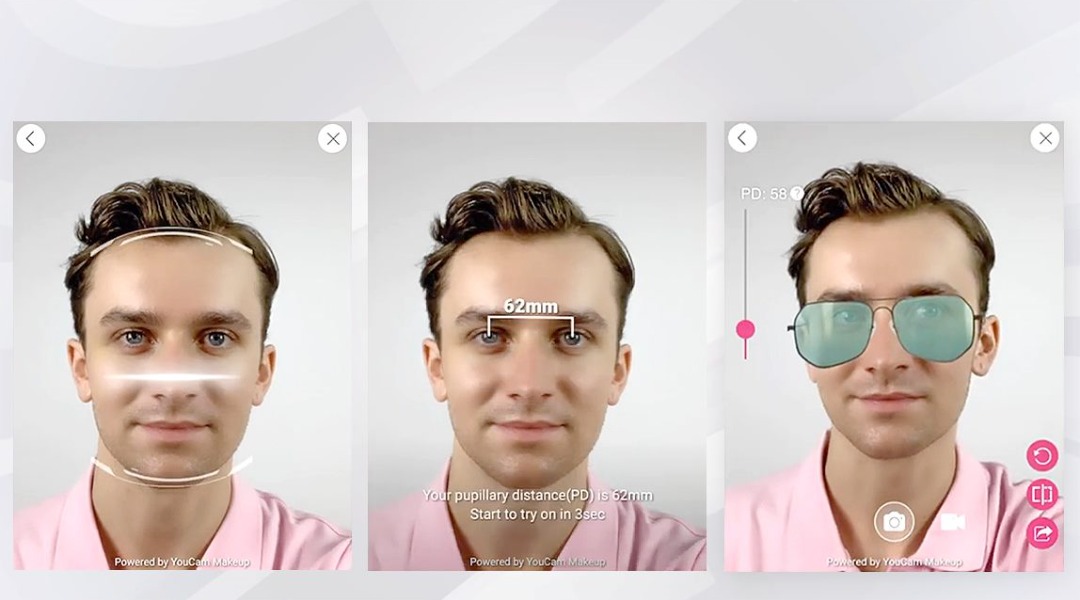
Understanding the Technology Behind Virtual Try-On
How AR and AI Power Virtual Try-On Experiences
Virtual try-on for glasses, a revolutionary advancement in online retail, leverages the power of augmented reality (AR) and artificial intelligence (AI). AR overlays digital images onto the real world, allowing users to see how glasses would look on their face without physically putting them on. AI algorithms are crucial; they analyze facial features in real-time using the device’s camera, precisely positioning the virtual glasses frame onto the user’s face. This complex interplay between AR and AI delivers a realistic and engaging virtual try-on experience. The accuracy of the positioning depends heavily on the quality of the AI model and the resolution of the camera being used. High-quality AI models provide more accurate virtual try-ons, improving customer satisfaction and reducing return rates.
Different Types of Virtual Try-On Technology: Web-based vs. App-based
Two main approaches exist for virtual try-on: web-based and app-based solutions. Web-based virtual try-on tools operate directly within a website’s browser, offering convenience and accessibility. No app download is required, making it user-friendly for potential customers. App-based virtual try-on applications, on the other hand, often provide more advanced features and a more immersive experience due to greater access to device capabilities. App-based solutions can sometimes offer more detailed adjustments and higher fidelity rendering. Both web-based and app-based technologies continue to advance, offering consumers increasingly realistic and convenient ways to try on glasses virtually in 2025.
Comparing Virtual Try-On with In-Person Experiences
Accuracy of Virtual Try-On: Factors Affecting Precision
While virtual try-on technology has improved significantly, accuracy remains a key factor influencing user experience and adoption rates. Several factors can impact precision: lighting conditions, camera quality, facial hair, and the complexity of the AI algorithm. Poor lighting can affect the AI’s ability to accurately map facial features, while a low-resolution camera will reduce the detail available for accurate positioning. Facial hair can also interfere with accurate measurement. Advanced AI algorithms are constantly being refined to address these challenges and provide increasingly accurate virtual try-on experiences for customers trying on glasses virtually.
Benefits and Drawbacks of Virtual vs. In-Person Try-Ons: A Balanced Perspective
Virtual try-ons offer several advantages over in-person experiences. They are convenient, accessible from anywhere with an internet connection, and allow users to try on multiple glasses styles quickly. This eliminates the time and effort involved in visiting a physical store. However, virtual try-on experiences may lack the tactile feedback of physically trying on glasses. Additionally, some users find the virtual experience less engaging than a real-world try-on. The perfect solution often combines the best of both worlds, using virtual try-on to narrow down options before potentially visiting a physical store for final confirmation, thus refining the whole shopping process. For a wider selection and to see how the glasses look on your face before buying, check out this fantastic virtual try-on experience: trying on glasses virtually This will allow you to try on various styles from the comfort of your home.
【Finding the Best Virtual Try-On App for Glasses】
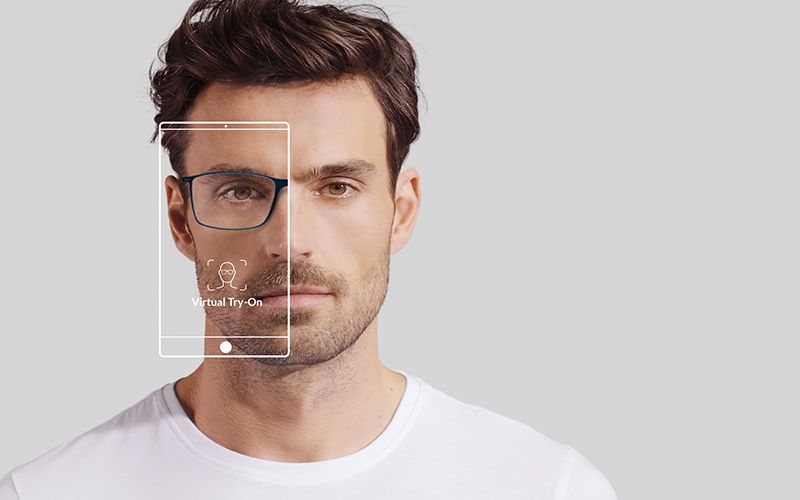
Top Virtual Try-On Apps: Features and Comparisons
Best AR apps for trying on glasses on iPhone and Android
In 2025, the market offers a plethora of augmented reality (AR) apps designed for virtually trying on glasses. Both iOS and Android platforms boast a range of applications, each with unique features and levels of accuracy in their virtual try-on capabilities. Many apps leverage advanced AI algorithms to analyze facial features, ensuring a precise overlay of the virtual eyewear onto the user’s face. The best apps for trying on glasses virtually seamlessly integrate AR technology, providing a realistic and engaging experience. Choosing the right app often depends on individual preferences for features and user interface design. Some prioritize ease of use, while others focus on providing highly detailed and customizable virtual try-on experiences. Key features to look for include a large selection of frames, high-resolution rendering, and compatibility with different camera resolutions, all impacting the virtual glasses experience.
Review of leading virtual try-on apps for glasses: User experiences and accuracy ratings
Several leading virtual try-on apps for glasses have emerged in 2025, each receiving varying user reviews based on their accuracy, ease of use, and overall user experience. User reviews frequently highlight the realism and precision of the virtual try-on technology, often praising the smooth integration of AR and AI. Accuracy ratings frequently correlate with the sophistication of the underlying AI algorithms and the quality of the app’s image processing. Many apps boast detailed user ratings and reviews on app stores, providing valuable feedback for potential users considering the virtual eyewear experience. These reviews often highlight issues such as occasional inaccuracies caused by challenging lighting conditions or facial features, or the limitations of the device’s camera. This customer feedback helps developers improve the overall quality and accuracy of their virtual try-on applications for glasses, enhancing the customer’s virtual experience.
Choosing the Right App Based on Your Needs
Factors to consider when choosing a virtual try-on app: Device compatibility, features, accuracy
Selecting the best virtual try-on app for glasses requires careful consideration of several key factors. Device compatibility is crucial, ensuring the app functions seamlessly on the user’s smartphone or tablet. Consider factors like operating system (iOS or Android) and device specifications, such as camera resolution and processing power, which can significantly influence the app’s performance and the accuracy of the virtual try-on simulation. The app’s features should align with individual needs; some users may prioritize a wide selection of frames, while others may value advanced features such as virtual adjustments to fit and style. The accuracy of the virtual try-on is paramount; look for apps with high ratings and reviews highlighting their precise virtual eyewear experience. Considering these factors ensures a successful and satisfying virtual try-on experience.
How to use a virtual try-on app for glasses effectively: Step-by-step guide
Using a virtual try-on app effectively involves a few straightforward steps. Begin by downloading and installing the chosen app from your device’s app store. After installation, launch the app and grant necessary permissions for camera access. The app will then prompt you to position your face within the designated area on the screen, ensuring accurate facial feature detection. Once your face is detected, browse the available glasses frames and select those you wish to try on virtually. The app utilizes augmented reality (AR) to overlay the selected frames onto your face in real-time. Adjust the position and angle of the virtual glasses for the optimal virtual fit and visual impression. Once satisfied, you can save images or videos of your virtual try-on session. This comprehensive step-by-step guide makes utilizing a virtual try-on app for glasses convenient and effective in 2025. For a wider selection and to see how the glasses look on your face before buying, check out this fantastic virtual try-on experience: trying on glasses virtually. This comprehensive platform allows for extensive virtual fitting and will help you find the perfect pair.
【Virtual Try-On for Prescription Glasses and Beyond】
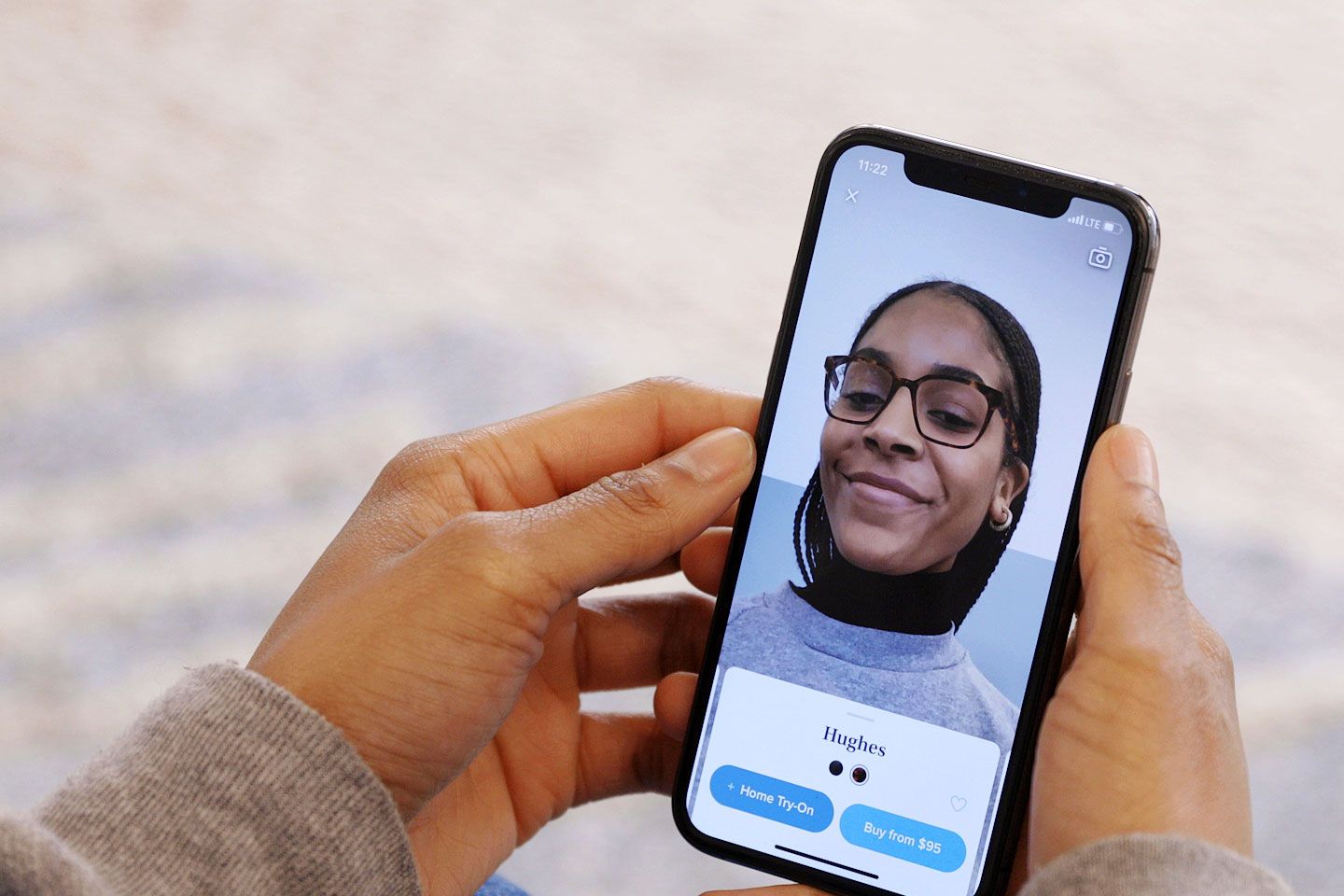
Virtual Try-On for Prescription Glasses: Accuracy and Limitations
Brands offering virtual try-on for prescription glasses
In 2025, several eyewear brands integrate virtual try-on technology for prescription glasses directly into their online stores. This allows customers to virtually try on frames before purchasing, enhancing the online shopping experience. The accuracy of these virtual try-on tools varies depending on the brand and the technology used. Some brands utilize advanced augmented reality (AR) and artificial intelligence (AI) algorithms to create a highly realistic virtual fitting experience. These advanced features offer a precise overlay of the virtual frames onto the user’s face, mimicking the real-world experience closely. However, limitations still exist. Factors like lighting conditions and the accuracy of facial feature detection can affect the precision of the virtual try-on. Despite these challenges, the improvement in technology continues to drive higher accuracy and realism in virtual try-on experiences for prescription eyewear. Many brands are continually refining their algorithms and improving user interface design to overcome these limitations. The virtual fitting process helps customers make informed decisions, leading to increased customer satisfaction.
Challenges and future improvements in virtual try-on for prescription glasses
Despite advancements, challenges remain in providing perfectly accurate virtual try-ons for prescription glasses in 2025. Accurately replicating the nuances of prescription lenses and their impact on visual perception remains a technological hurdle. The current technology primarily focuses on the frame fitting; the actual lens prescription effect is often not fully simulated. Future improvements might involve incorporating lens prescription data directly into the virtual try-on, offering a more complete and realistic representation of how the glasses will appear and feel. This would significantly enhance customer satisfaction and reduce returns due to inaccurate expectations. Furthermore, improving the accuracy of facial feature detection across different ethnicities and facial structures is crucial for ensuring inclusivity and accurate virtual try-ons for everyone. Ongoing research and development aim to address these challenges, leading to even more realistic and reliable virtual try-on solutions for prescription glasses in the near future. The pursuit of a flawless virtual fitting experience is a major goal in the eyewear industry.
Beyond Glasses: Virtual Try-On for Other Eyewear
Exploring Virtual Try-On for Sunglasses and other eyewear
The virtual try-on technology extends beyond prescription glasses in 2025. Many online retailers now offer virtual try-on experiences for sunglasses and other eyewear accessories. This allows customers to explore various styles and colors of sunglasses virtually, assisting in decision-making before purchase. The benefits are similar to those for prescription glasses: increased customer satisfaction, reduced returns, and a more engaging online shopping experience. The technology used is often similar, utilizing AR and AI to overlay the virtual eyewear onto the user’s face. However, the challenges differ slightly; sunglasses’ reflective surfaces may pose unique challenges in terms of accurate virtual rendering. Moreover, the variety of shapes and sizes in sunglasses requires a robust database of models for accurate virtual fitting. The increasing sophistication of AI algorithms and improvements in AR technology continue to overcome these limitations, resulting in an increasingly realistic and engaging virtual experience for all types of eyewear.
The potential of virtual try-on for contact lenses and customized eyewear
The potential of virtual try-on extends to even more specialized eyewear such as contact lenses and custom-made eyewear. While currently less common, future advancements could allow users to virtually “try on” different contact lens types and colors, observing how they look on their eyes. This could be a game changer, especially for individuals hesitant about trying new contact lenses. Similarly, for custom-made eyewear, such as bespoke frames or specialized lenses, virtual try-on could revolutionize the ordering process. Customers could preview their custom-designed eyewear virtually, ensuring they are satisfied before production begins. This level of customization would drastically improve customer satisfaction and minimize the risk of dissatisfaction with the final product. The future of virtual try-on technology holds immense potential for transforming the eyewear industry, making the online shopping experience more personalized, efficient, and accurate. For an innovative approach to virtual eyewear fitting, explore this advanced option: trying on glasses virtually. This option provides a superior virtual try-on experience, allowing you to virtually try on a wide selection of glasses and find your perfect fit.
【The Future of Virtual Try-On for Glasses】
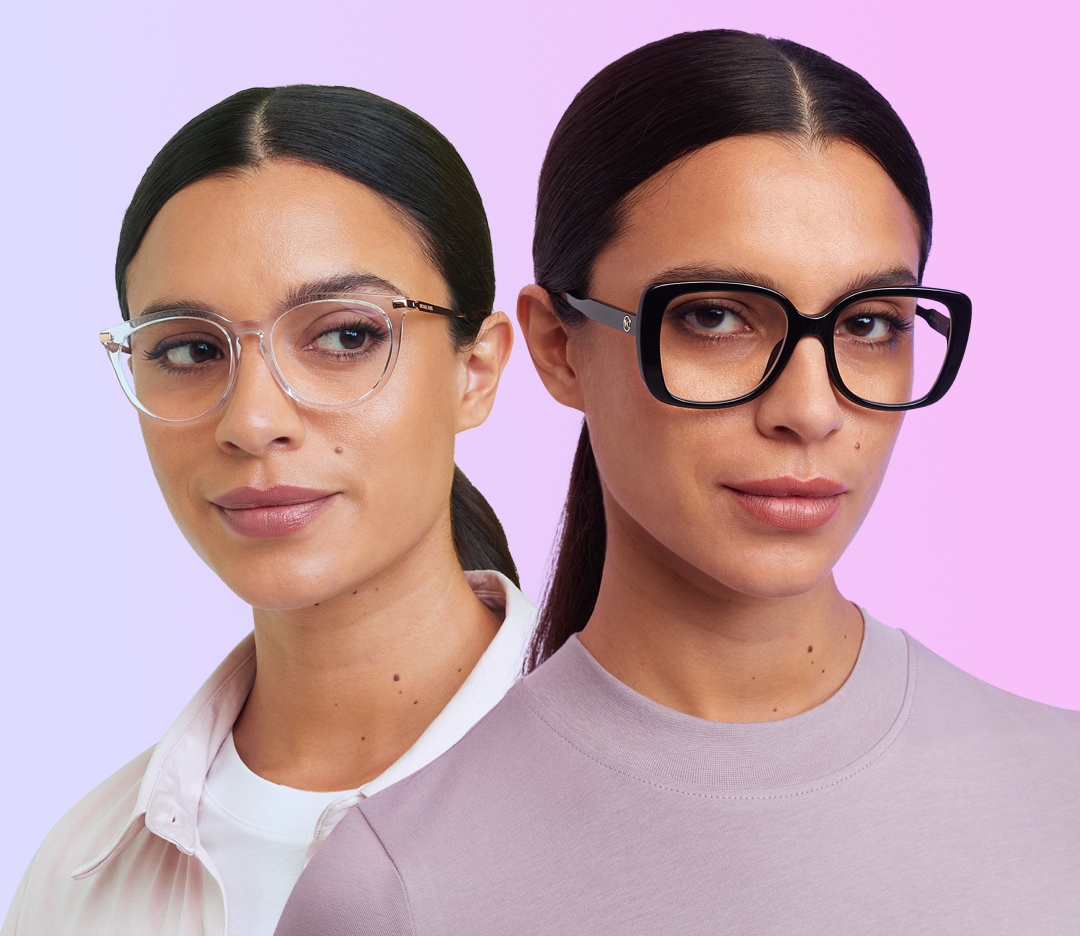
Advancements in Virtual Try-On Technology: Enhanced Accuracy and Realism
The role of AI and machine learning in improving virtual try-on experiences
In 2025, artificial intelligence (AI) and machine learning (ML) are revolutionizing virtual try-on (VTO) experiences for glasses. Advanced algorithms analyze facial features with increasing precision, resulting in more accurate and realistic virtual fittings. AI-powered systems can now better account for variations in lighting, angles, and even subtle facial expressions, significantly improving the overlay of virtual frames onto a user’s face. This enhanced accuracy minimizes discrepancies between the virtual preview and the real-world experience, leading to greater customer satisfaction and reduced returns. Machine learning models continuously learn and improve their performance by analyzing vast datasets of facial images and eyewear styles. This iterative process ensures that the VTO experience becomes increasingly refined and personalized over time, catering to a broader range of facial structures and eyewear types. The utilization of AI and ML in VTO promises a more seamless and enjoyable online shopping experience for consumers.
Integration of virtual try-on with other technologies: 3D modeling and personalized recommendations
The integration of virtual try-on with 3D modeling and personalized recommendations further enhances the online glasses shopping experience. Sophisticated 3D models allow for incredibly realistic representations of glasses, including detailed textures and reflections. This level of detail significantly improves the virtual try-on accuracy, giving users a clearer understanding of how the glasses will look on their face. Moreover, integrating personalized recommendation systems allows online retailers to suggest glasses that best suit a customer’s facial features and preferences. These recommendations are often powered by AI, analyzing facial geometry and user browsing history to provide tailored suggestions. This combination of 3D modeling, virtual try-on, and personalized recommendations creates a highly engaging and efficient shopping experience, leading to higher conversion rates and customer satisfaction. The seamless integration of these technologies offers a future where trying on glasses virtually is indistinguishable from the in-person experience.
Addressing Privacy Concerns and Data Security
Best practices for data security and user privacy in virtual try-on apps
Data security and user privacy are paramount concerns in the development and deployment of virtual try-on apps for glasses. Best practices include employing robust encryption protocols to protect user data during transmission and storage. This ensures that sensitive facial images and personal information are shielded from unauthorized access. Regular security audits and vulnerability assessments are crucial to identify and mitigate potential threats. Transparency is also key: users should be clearly informed about what data is collected, how it is used, and their rights regarding data access and deletion. Compliance with relevant data privacy regulations, such as GDPR and CCPA, is essential. Adherence to these best practices fosters trust and confidence among users, encouraging wider adoption of virtual try-on technologies. A secure and transparent data handling approach is vital for the long-term success of VTO apps.
Industry standards and regulations related to data privacy in virtual try-on
The eyewear industry is actively working towards establishing industry standards and regulations for data privacy in virtual try-on applications. These standards aim to provide clear guidelines for data collection, storage, and use, ensuring that user privacy is protected. Collaboration between eyewear retailers, technology providers, and regulatory bodies is essential in developing a comprehensive framework that addresses the unique challenges of VTO. These collaborations will shape the future landscape of data privacy, fostering a responsible and trustworthy environment for virtual try-on technologies. Ongoing dialogues and the development of industry-wide best practices will help to standardize data security measures and ensure that user privacy remains a top priority. For comprehensive solutions in virtual try-on technology that prioritize data security, check out trying on glasses virtually. This platform offers a secure and user-friendly experience while respecting user privacy.
【Troubleshooting and FAQs】
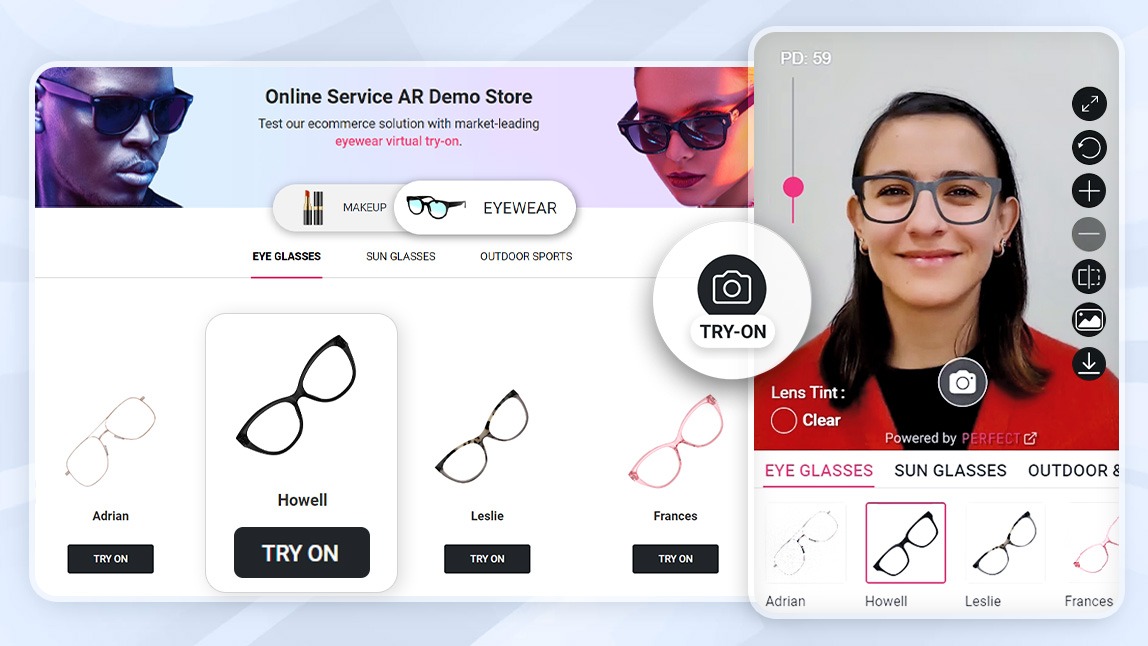
Common Issues and Solutions
Troubleshooting common problems with virtual try-on apps: Connectivity issues, inaccurate fitting, app crashes
Experiencing problems with your virtual try-on app for glasses? Several common issues can affect the user experience. Connectivity issues, such as a weak internet connection or network instability, can interrupt the virtual try-on process, preventing accurate rendering of the glasses on your face. Inaccurate fittings can result from poor camera quality, insufficient lighting, or incorrect positioning of your face within the app’s frame. App crashes might occur due to software bugs, device compatibility issues, or insufficient device resources. Troubleshooting these problems usually involves checking your internet connection, ensuring adequate lighting, repositioning your face, closing and restarting the app, updating the app to the latest version, or checking your device’s specifications to ensure compatibility. Regularly clearing the app’s cache and data can also resolve some performance problems. Remember, a stable internet connection is crucial for a smooth virtual try-on experience. Adequate lighting ensures the app accurately captures your facial features, leading to more precise virtual fittings.
Addressing concerns about virtual try-on accuracy: Tips for achieving best results
While virtual try-on (VTO) technology has significantly improved, achieving the best results requires attention to certain factors. The accuracy of the virtual fitting depends heavily on the quality of the camera and the lighting conditions. Using a device with a high-resolution front-facing camera in a well-lit environment significantly improves the accuracy. Ensure your face is properly centered and within the app’s designated frame for optimal results. Avoiding excessive movement while trying on glasses minimizes distortions and provides a clearer, more accurate preview. Understanding that the virtual try-on is an approximation, and there might be slight variations compared to the real-world experience, is also crucial. If you are still concerned about the accuracy, consider using multiple virtual try-on apps to compare the results. Remember, even with advanced algorithms, the virtual try-on is simulating the experience; in-person fitting is still recommended for absolute certainty.
Frequently Asked Questions about Virtual Try-On
Answering common questions regarding device compatibility, app functionality, and data security
Many questions arise concerning the compatibility, functionality, and data security of virtual try-on applications. Device compatibility varies depending on the specific app, but generally, most modern smartphones and tablets with decent processing power and front-facing cameras are compatible. App functionality usually includes features like choosing different frame styles, adjusting the size and position of the glasses virtually, and sometimes even sharing the results on social media. Data security is a primary concern, and reputable apps employ encryption and secure data handling practices to protect user information. Always read the app’s privacy policy to understand how your data is collected, used, and protected. Ensure the app you use comes from a trusted source to avoid potential privacy risks. Check user reviews to assess the app’s performance and address any concerns about security or accuracy. Addressing these common questions promotes transparency and builds trust in virtual try-on technology.
Clarifying misconceptions and addressing user concerns regarding virtual try-on technology
Addressing user concerns and misconceptions about virtual try-on (VTO) technology is essential for widespread adoption. Some users might believe the technology is unreliable or inaccurate, leading to hesitancy in using it. However, advancements in AI and machine learning have drastically improved the accuracy and realism of VTO, making it a valuable tool for online shopping. Another misconception is that VTO apps require extensive technical knowledge. Most applications are user-friendly and intuitive, requiring minimal technical expertise to use effectively. Concerns regarding data privacy are legitimate, but reputable apps prioritize data security and user privacy by adhering to industry standards and regulations. By clarifying these misconceptions and directly addressing user concerns, we can foster greater confidence and trust in the virtual try-on experience. To find secure and reliable virtual try-on solutions for glasses, visit trying on glasses virtually to find the perfect fit from the comfort of your home, ensuring your privacy is respected.
Revolutionizing Eyewear Shopping: A Summary of Virtual Try-On Technology
This exploration of virtual try-on technology for glasses reveals a dynamic landscape shaped by augmented reality (AR) and artificial intelligence (AI). The technology offers significant advantages over traditional in-person try-ons, primarily convenience and accessibility. Users can try numerous styles from anywhere with an internet connection, saving time and effort. However, accuracy remains a crucial factor influenced by lighting, camera quality, and AI algorithm sophistication. While current systems primarily focus on frame fitting, future improvements will likely incorporate lens prescriptions for a fully immersive experience. The market offers diverse web-based and app-based solutions, each with unique features and strengths. When choosing an app, consider device compatibility, feature set, and accuracy ratings, all impacting your overall experience. The best apps seamlessly integrate AR, providing a realistic and engaging experience. Moreover, the technology is expanding beyond glasses to encompass sunglasses, contact lenses, and custom eyewear. Data security and user privacy are critical concerns, emphasizing the importance of robust encryption, transparency, and adherence to data privacy regulations. The future of virtual try-on technology points towards further advancements in AI and machine learning, enhancing accuracy and realism. The integration of 3D modeling and personalized recommendations will further refine the shopping journey, ultimately bringing the virtual experience closer to the in-person reality. While challenges remain, the ongoing evolution of virtual try-on promises to revolutionize how we shop for eyewear, providing a more convenient, efficient, and personalized experience for all. To experience the next generation of virtual eyewear fitting, visit https://www.mozaer.com/search?q=trying+on+glasses+virtually and explore the possibilities.
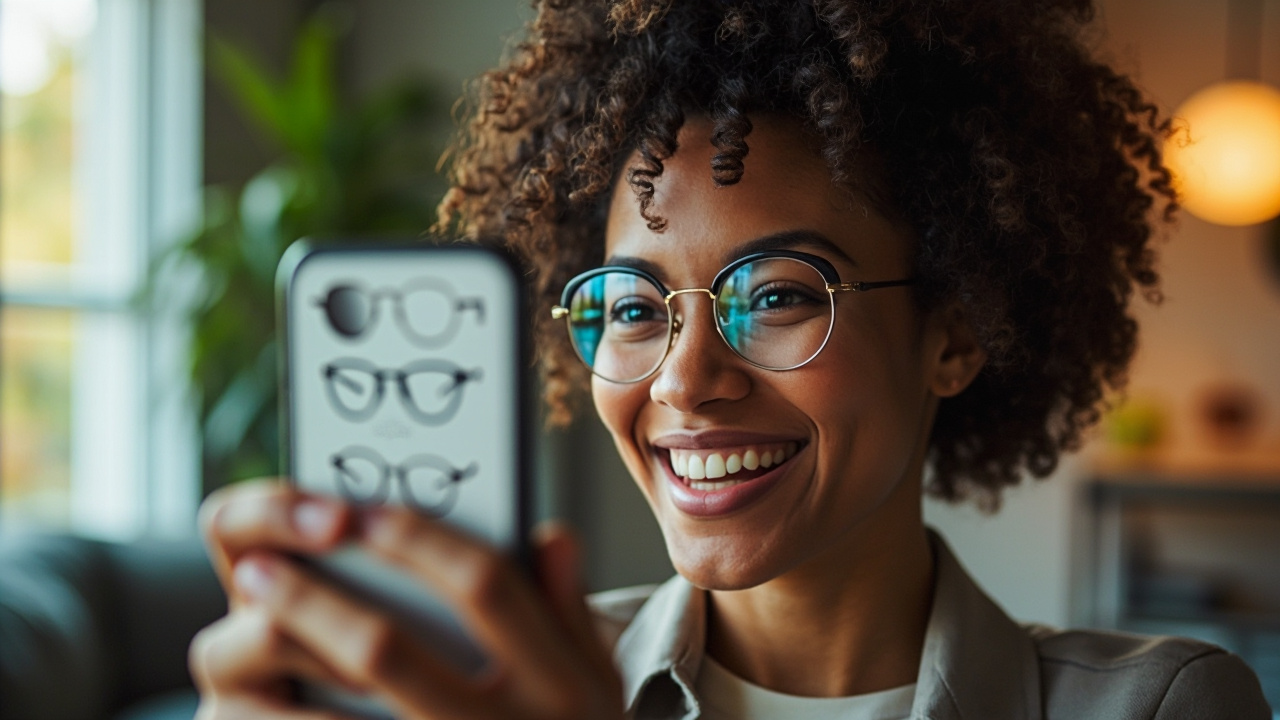
Leave a Reply